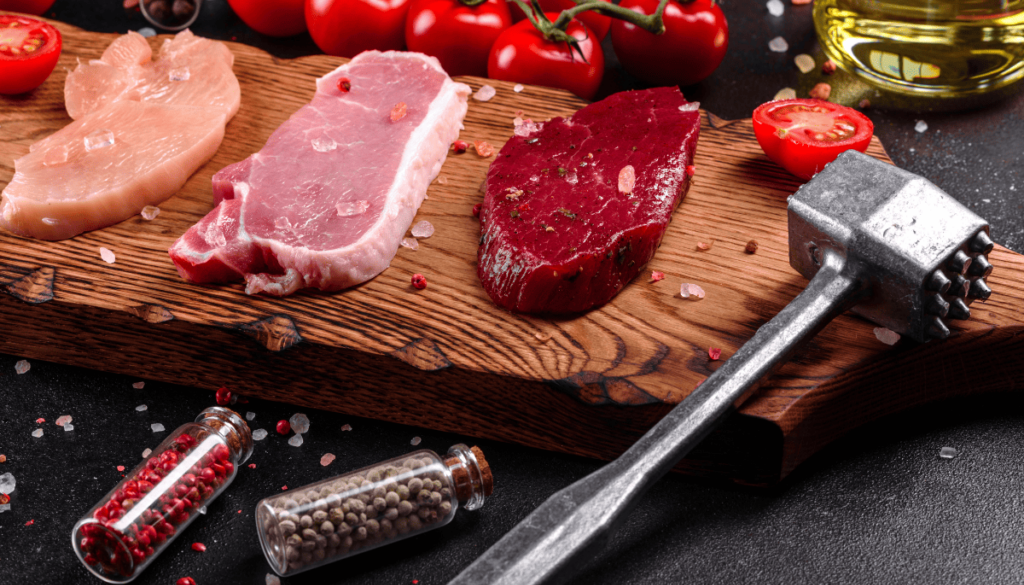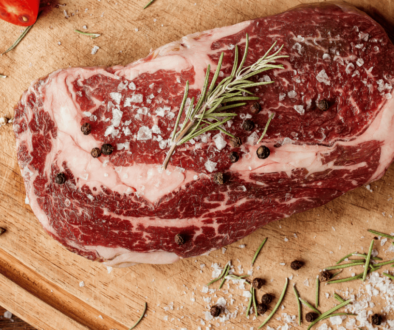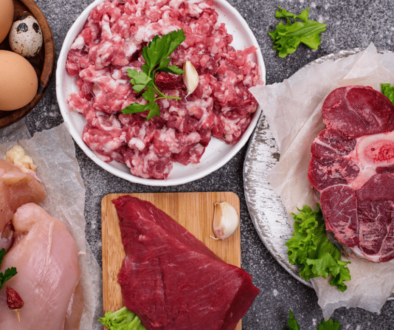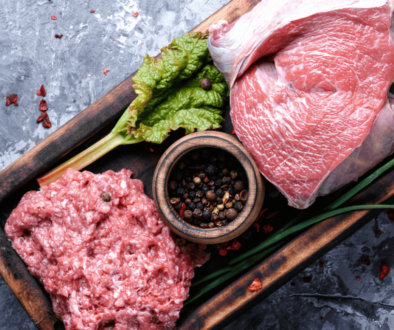Key Point 3: How to Get Started on the Carnivore Diet
Key Point 3: How to Get Started on the Carnivore Diet
Leaping a new way of eating can feel overwhelming, especially when it’s as different as the carnivore diet. But starting doesn’t have to be complicated. Following a few simple steps, you can ease into the diet and set yourself up for success.
1. Gradual Transition vs. Jumping In
Going all-in on a diet that removes entire food groups can feel intimidating. If you’re used to eating various foods, especially carbs like bread, pasta, and vegetables, eliminating them overnight might feel daunting. The carnivore diet can be approached in two ways: gradually transitioning or diving straight in.
A gradual transition can be a good option if you want to adjust slowly without feeling deprived. Start by cutting out processed foods and sugar, then remove plant-based foods like grains, fruits, and vegetables over a few weeks. This approach helps reduce cravings and lets your body adjust to relying on fats for energy instead of carbs.
Jumping straight into the diet—often called the “cold turkey” approach—can be a better choice if you prefer to make a clean start and see results quickly. Making a clean break from previous eating habits can help some stay focused and motivated.
2. What to Eat
The carnivore diet is straightforward when it comes to food choices. Essentially, if it comes from an animal, it’s on the menu:
– Meat: Beef, pork, lamb, and poultry are staples. Opt for fattier cuts, as the higher fat content keeps you full and satisfied.
– Fish: Salmon, mackerel, and sardines are excellent choices, packed with omega-3 fatty acids.
– Eggs: A versatile, nutrient-dense option that provides protein and fats.
– Organ Meats: Organ meats like liver are incredibly nutrient-dense and highly recommended.
– Dairy (optional): Some people include dairy like cheese, butter, and cream, while others avoid it due to potential sensitivities.
To get started, stock your fridge with easy-to-grab carnivore staples. Cook up more significant portions of meats to have on hand for quick meals, and experiment with different animal-based foods to find your favourites.

3. Managing Cravings and Adapting
Managing cravings is often the biggest challenge, especially in the first few weeks. When you eliminate carbs, especially sugars and processed foods, your body may go through a withdrawal period. Often called the “keto flu,” this can include symptoms like fatigue, headaches, irritability, and intense carb cravings. Remember, these feelings are temporary.
During this phase, focus on eating enough fat and protein to stay whole. Fat is your friend on the carnivore diet; it curbs cravings and stabilises your energy levels. Drinking water, getting enough sleep, and taking electrolytes can also ease the transition.
Once your body adapts to burning fat for energy, these cravings usually subside, and you’ll notice more steady energy throughout the day.
4. Navigating Social Situations
Starting a new diet can feel isolating, mainly when social events involve food. Ordering differently at a restaurant or bringing your food to a family gathering can feel awkward. Still, with some preparation, you can enjoy social settings while staying true to your dietary goals.
When dining out, stick to simple options like steak, grilled chicken, or seafood, and ask for modifications, like holding the sauce or skipping the bread. When attending gatherings, consider bringing a meat dish to share, ensuring there’s something you can eat. Over time, your friends and family will get used to your new way of eating, and navigating these situations will become easier.
Key Point 1: What is the Carnivore Diet?
If you’re curious about the Carnivore Diet but unsure where to start, you’re not alone! The idea of sticking strictly to animal products might feel daunting, especially when there’s so much information—and misinformation—floating around. The good news is that transitioning to a carnivore lifestyle doesn’t have to be complicated. With some guidance, this diet can be approachable, flexible, and … read more
Key Point 2: Benefits of the Carnivore Diet
Once you know the basics, the benefits of a carnivore diet start to stand out. Many women, balancing multiple roles, find the simplicity and focus of this diet appealing. So, what specific benefits could it bring? … read more
Key Point 4: Potential Challenges and How to Overcome Them
Like any lifestyle change, the carnivore diet comes with challenges. Awareness of common obstacles and strategies to overcome them can improve your experience, especially during the early stages… read more
Key Point 5: Tracking Progress and Staying Motivated
Starting and sticking to a new diet like the carnivore diet can be challenging, especially for women balancing work, family, and personal health goals. Here’s how to track your journey and stay motivated… read more
Key Point 6: Long-Term Sustainability and Lifestyle Integration
Sustaining the carnivore diet long-term involves strategies for balancing it with family life, budgeting, socialising, and listening to your body. Here’s how to integrate the carnivore diet into a busy lifestyle without burnout… read more
Your Carnivore Journey Starts Here
The carnivore diet offers a unique approach to health and wellness. From simplified meal planning to potential benefits like increased energy and better digestion, this way of eating brings numerous possibilities for transformation… read more




